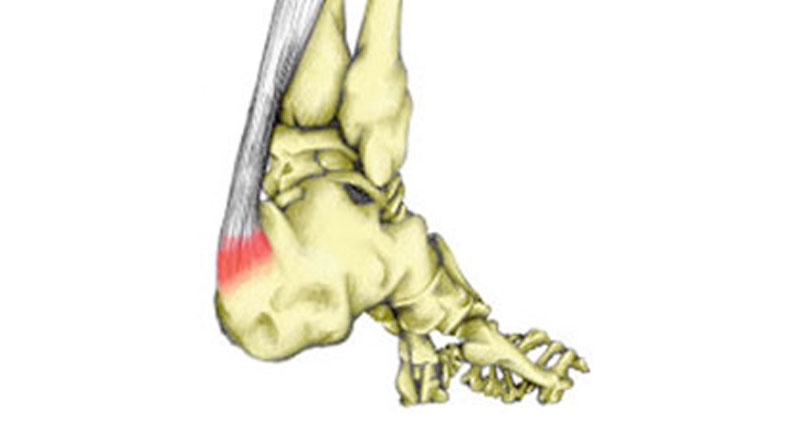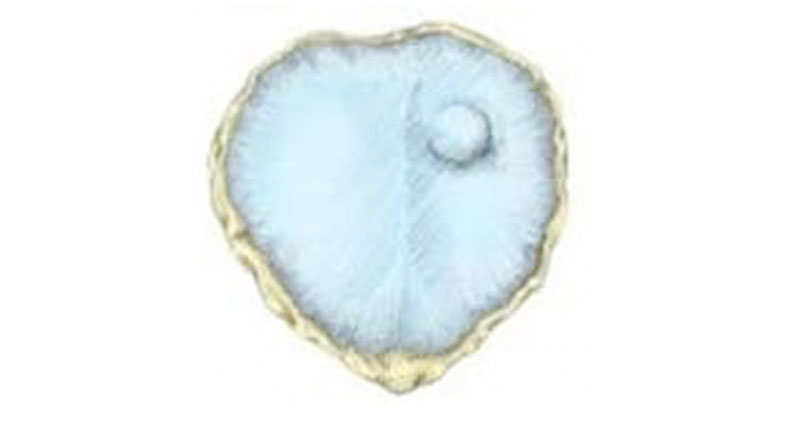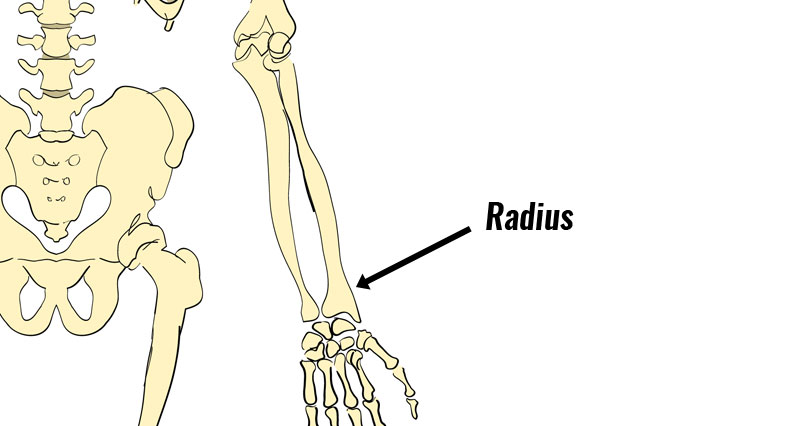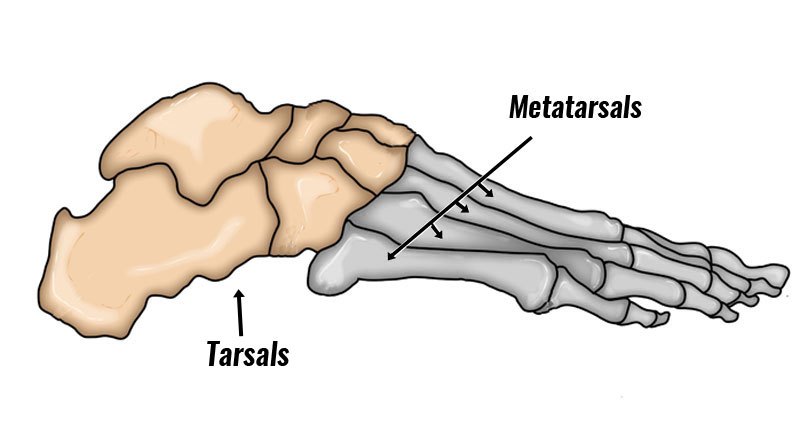Back pain in children often stems from fairly innocuous, non-specific causes. These include growing pains, an insufficient backpack, poor posture, or even playing video games for prolonged periods. However, back pain in kids can indicate underlying issues that require medical attention.
When to seek medical advice for back pain in children
There are certain symptoms in children that may suggest a clinical cause for back pain. These have a medical diagnosis identifying the cause. If a child has constant pain, night pain, or pain that spreads into the buttocks or legs, seek medical advice.
Also, if a child has severe pain accompanied by a fever, you should seek urgent medical attention. Additional symptoms such as bladder or bowel problems and general weakness might indicate infection, or nerve or problems. In some cases, lower back pain indicates a kidney infection.
Back pain symptoms in children
Depending on the age of the child, they may or may not be able to express their symptoms fully. In the case of older children, communicated symptoms may include the following.
- Pain felt on the spine
- Inhibited range of motion
- Stiffness and discomfort in the back
- Difficulty walking
- Increased pain and sitting after sitting or standing for long periods.
- Pain with loading the spine as when lifting and carrying.
- Pain that spreads to the buttocks or legs.
Diagnosis
To diagnose back pain in children, your doctor performs an examination to identify potential causes. In particular:
- Past injuries
- Physical symptoms such as fever or bladder problems
- Sporting activity
- Does anything relieve pain or make it worse?
A physical examination of the child’s back is performed to assess the curves of the spine, possible areas of muscle spasm, or unusual markings of the soft tissue and skin along the spine. Neurological examination includes checking the child’s reflexes, muscle strength, and sensation.
The doctor also assess range of movement and mobility in the child. In particular the range of motion in the spine and general mobility.
X-rays are important for all children experiencing severe or ongoing back pain. The bone and disc spaces of the spine are assessed from a series of angles.
What causes back pain in Children?
The following injuries or conditions cause back pain in children:
Spondylolysis
Spondylolysis is a relatively common cause of back pain in children, especially those playing a lot of sport. This occurs when the pars interarticularis, or pedicle, in the bottom lumbar vertebrae fractures.
It is often the result of a direct sporting injury, but can also result from repetitive movements.
The symptoms of spondylolysis are:
- Specific low back pain
- Pain that spreads to the buttocks and thighs
- Muscle spasm along the spine
Often, however, it is not detected by x-ray. You may need an MRI scan for correct diagnosis.
Activities that are most likely to cause spondylolysis are those that require a lot of rotation and extension. For example, gymnastics, diving, football, ballet, weight-lifting, rowing, and weight high jumping.
Generalised Joint Hypermobility
GJH is a blanket term used to describe an individual with several joints that are more flexible than is usual amongst the general population. Hypermobile individuals, who make up 3% of the population, have heightened flexibility than that of the general population.
More of a physical ‘quirk’ than a condition, hypermobility is simply a variation in the way in which the joints are formed. This heightened flexibility is the result of the connective tissue of the joint structures (the ligaments and capsule) being more compliant than the usual range. Hypermobile individuals possess a greater range of extension and flexibility than the general population.
While generalised joint hypermobility is quite a common occurrence, heightened flexibility can be both a blessing and a curse. Most gymnasts and ballet dancers, for example, possess a degree of hypermobility, however, they also have the conditioning, strength, and muscle-control to be able to harness their hypermobility in a controlled and effective manner.
On the other hand, for many individuals without sufficient conditioning and fitness levels, GJH can cause injury and pain – particularly in the lower back, knee, and pelvis. The lack of stability in the joints raises susceptibility to injury.
A certain degree of general fitness, activity levels, and exercise are vital for hypermobile individuals in guarding against the risk of pain and injury. Working with a physiotherapist will help ease symptoms, and will often be accompanied by recommended exercises for the child in order to ease pain and prevent future pain from occurring.
Maintaining a healthy weight is also crucial in avoiding pain in the hypermobile individual. Excess body weight places additional strain on the joints.




